Jalandhar Eye Mobile Unit Conducts Over 3,000 Cataract Surgeries in Three Years
The Jalandhar Eye Mobile Unit, led by SMO Dr. Gurpreet Kaur, has emerged as one of Punjab’s most active mobile eye care teams, having performed 3,061 cataract surgeries over the past three years. Recognized for its outstanding service, the unit received the District Award in 2019 and the State Award in 2023, making it the second most active unit in the state after Sangrur.
The surgeries were carried out under the National Programme for Control of Blindness and Visual Impairment (NPCBVI) — a nationwide initiative launched in 1976 to reduce avoidable blindness, with a target of bringing down its prevalence to 0.25% by 2025. A special campaign was launched in 2022 under this program to eliminate the backlog of cataract cases.
Year-wise Surgeries:
-
March 2022 – March 2023: 1,040 surgeries
-
April 2023 – March 2024: 787 surgeries
-
April 2024 – March 2025: 1,234 surgeries
In March 2025 alone, 213 cataract surgeries were performed. The unit’s OPD sees over 1,200 to 1,300 patients monthly.
Apart from cataract, the unit treats a wide range of conditions including refractive errors, conjunctivitis, allergic conjunctivitis, dry eyes, glaucoma, uveitis, pterygium, diabetic retinopathy, and hypertensive retinopathy.
Reaching the Unreached
The mobile unit travels to villages, slums, and peripheral areas of Jalandhar to provide free eye care services, primarily to the underprivileged. Despite operating under the Civil Surgeon’s office, the unit lacks a dedicated vehicle or a full-time operation theatre. For the past 12 years, staff members have relied on personal vehicles and equipment after the official vehicle was scrapped.
Due to limited space and the heavy surgical load at the Civil Hospital, the team has requested additional space at ESI Hospital to conduct surgeries more efficiently.
Dedicated Team
The unit is operated by a committed four-member team:
-
Dr. Gurpreet Kaur, SMO
-
Dr. Arun Verma, Eye Surgeon & ESI SMO
-
Amarjit Kaur, Nurse
-
Rakesh Kumar, specially-abled staff member
Alarming Trends in Eye Health
Dr. Gurpreet Kaur highlighted changing patterns in eye diseases due to rising obesity, hypertension, and diabetes. “Cataract is now being detected in people as young as 20 to 30 years old, unlike earlier when it was mostly seen in those above 50 or 60,” she said, attributing the shift to UV exposure, ozone depletion, and pollution.
She also pointed to a growing number of children suffering from refractive errors, once considered rare in younger age groups. “Dry eyes are now common, especially due to prolonged screen exposure,” she added.
Patients have come from as far as Delhi and Nepal, with area-specific disease patterns also observed. “In villages like Uggi and Loharan, and colonies like Santoshi Nagar, diabetes and hypertension are prevalent, resulting in chronic cataract cases,” said Dr. Gurpreet. In Bet regions like Zira and Gidderpindi, where Hepatitis B and C are common, uveitis and pterygium frequently occur.
She noted that cataracts are more prevalent in rural areas due to limited access to private eye care, while dry eyes are more common in urban populations.
Supporting the Community
In addition to surgeries, the unit distributes free near-vision spectacles to government school children and senior citizens, contributing to preventive and accessible eye care across the region.


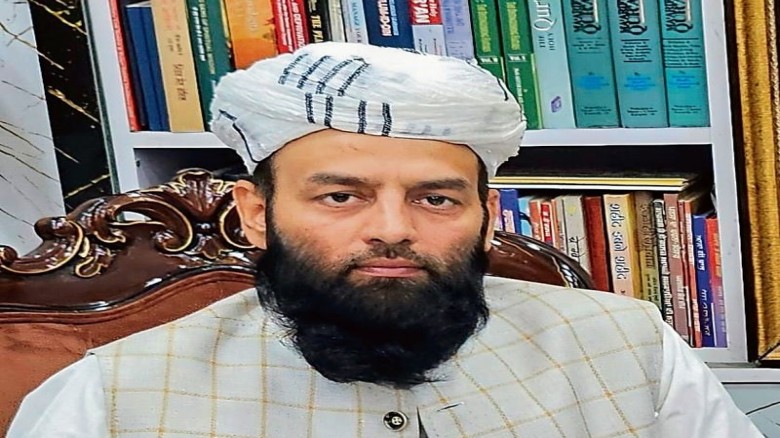
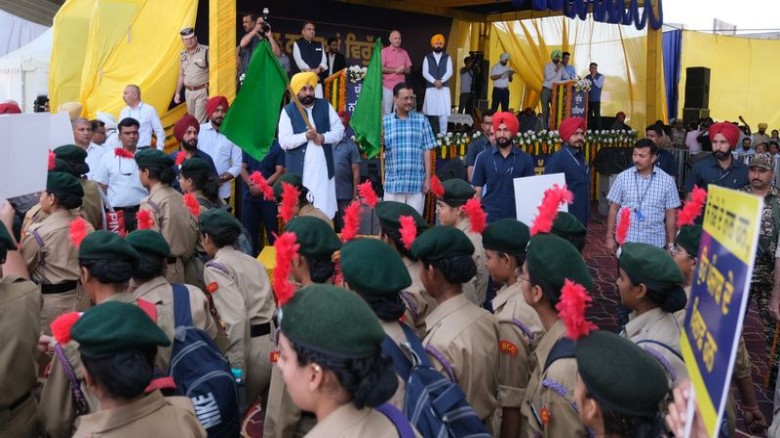
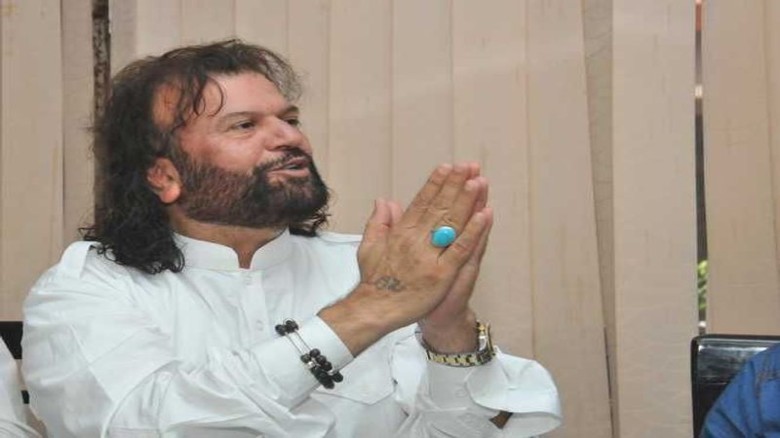


























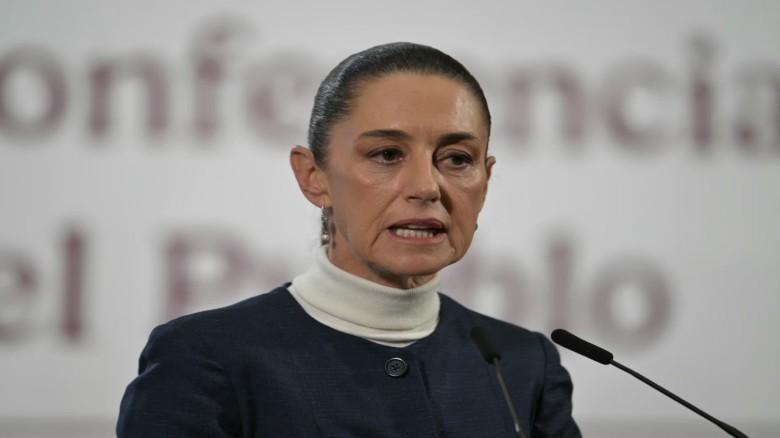


















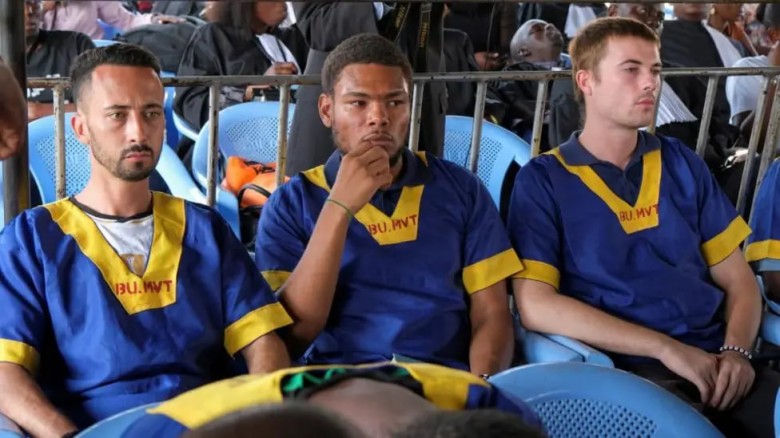




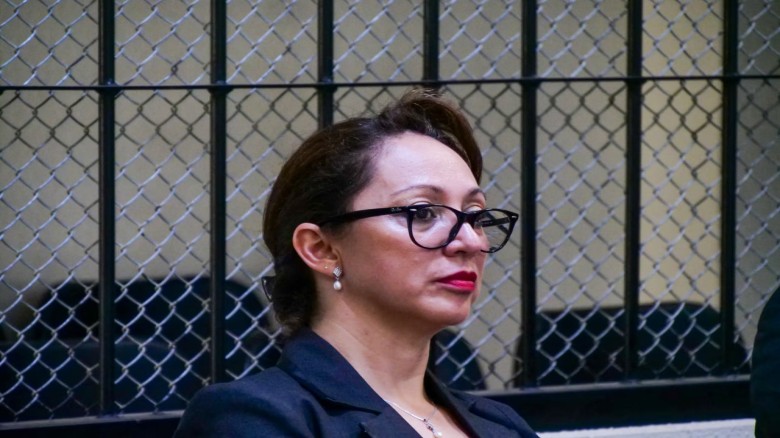










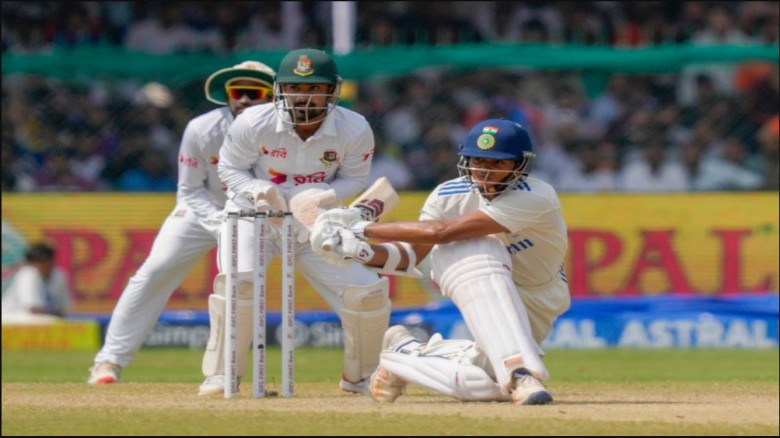
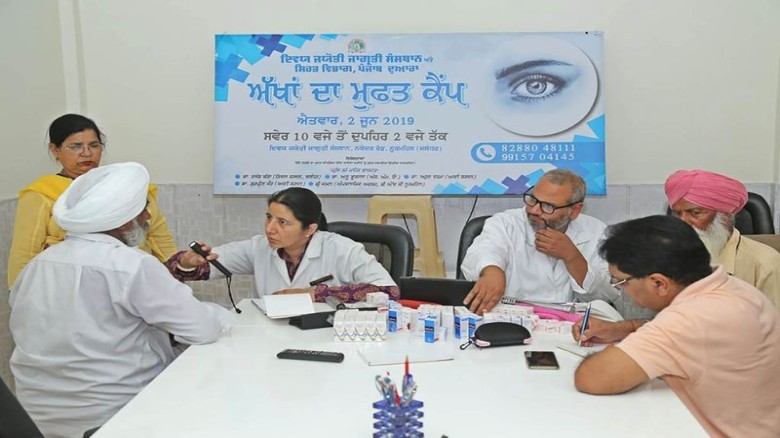


Leave A Comment